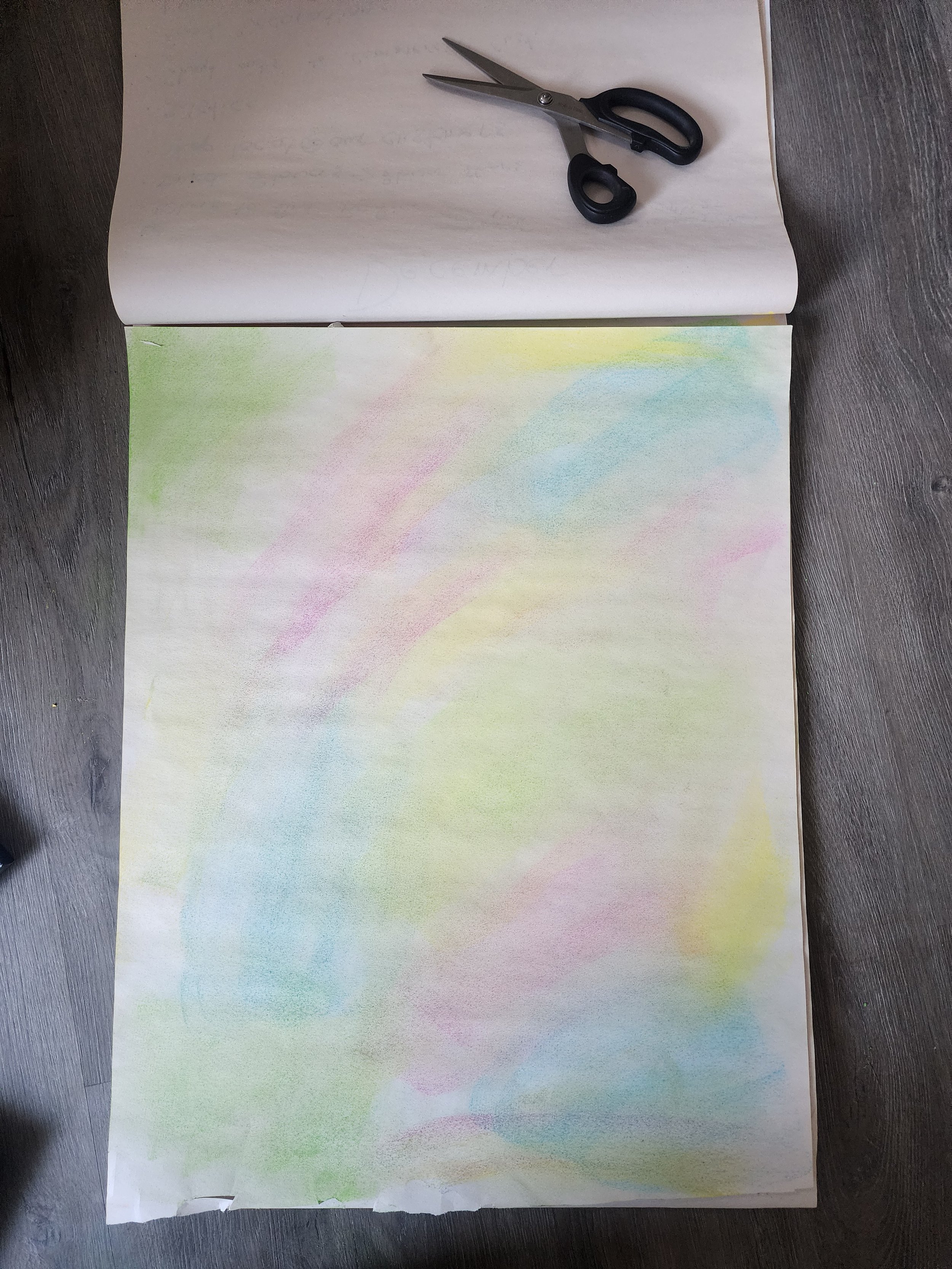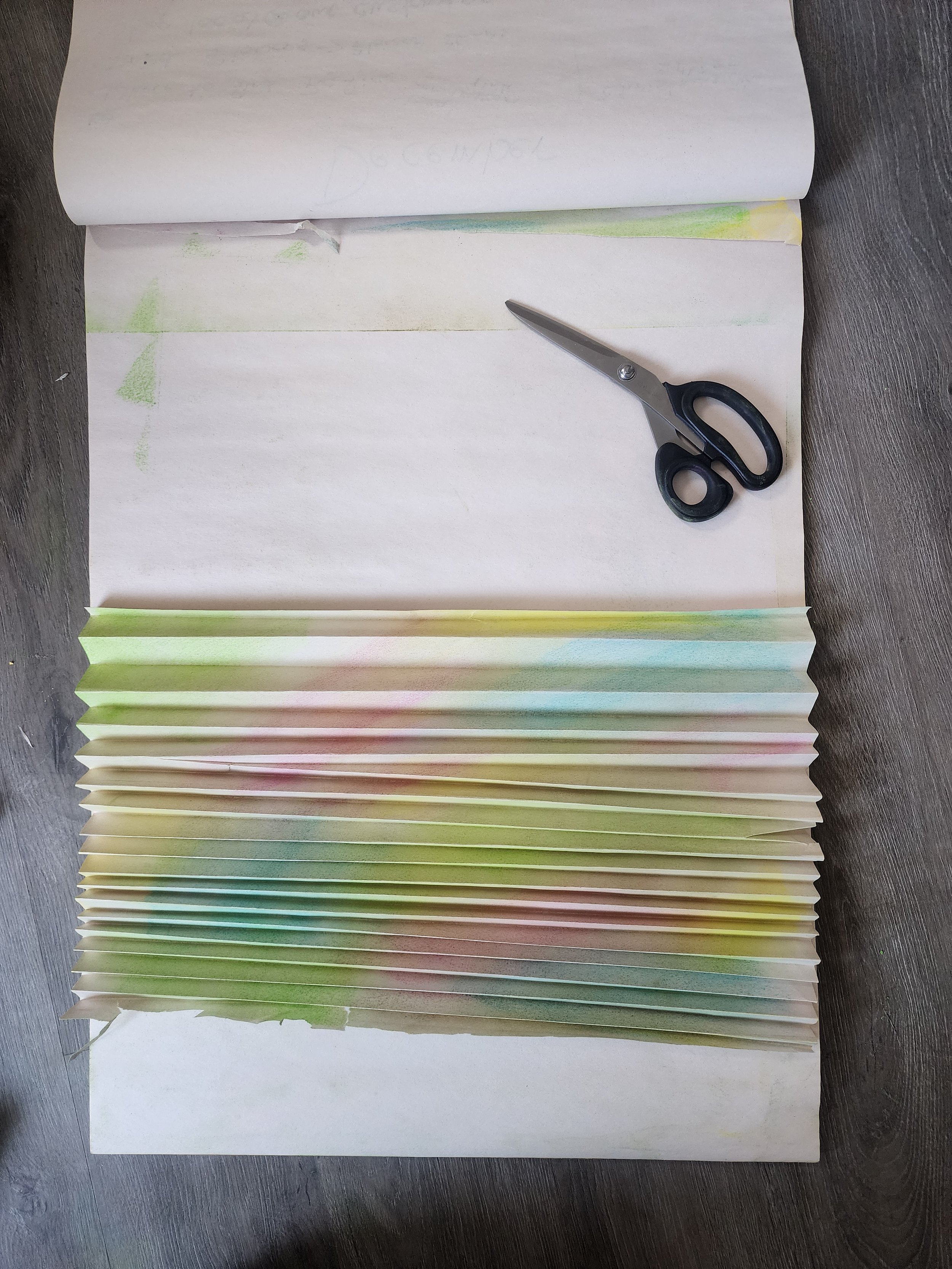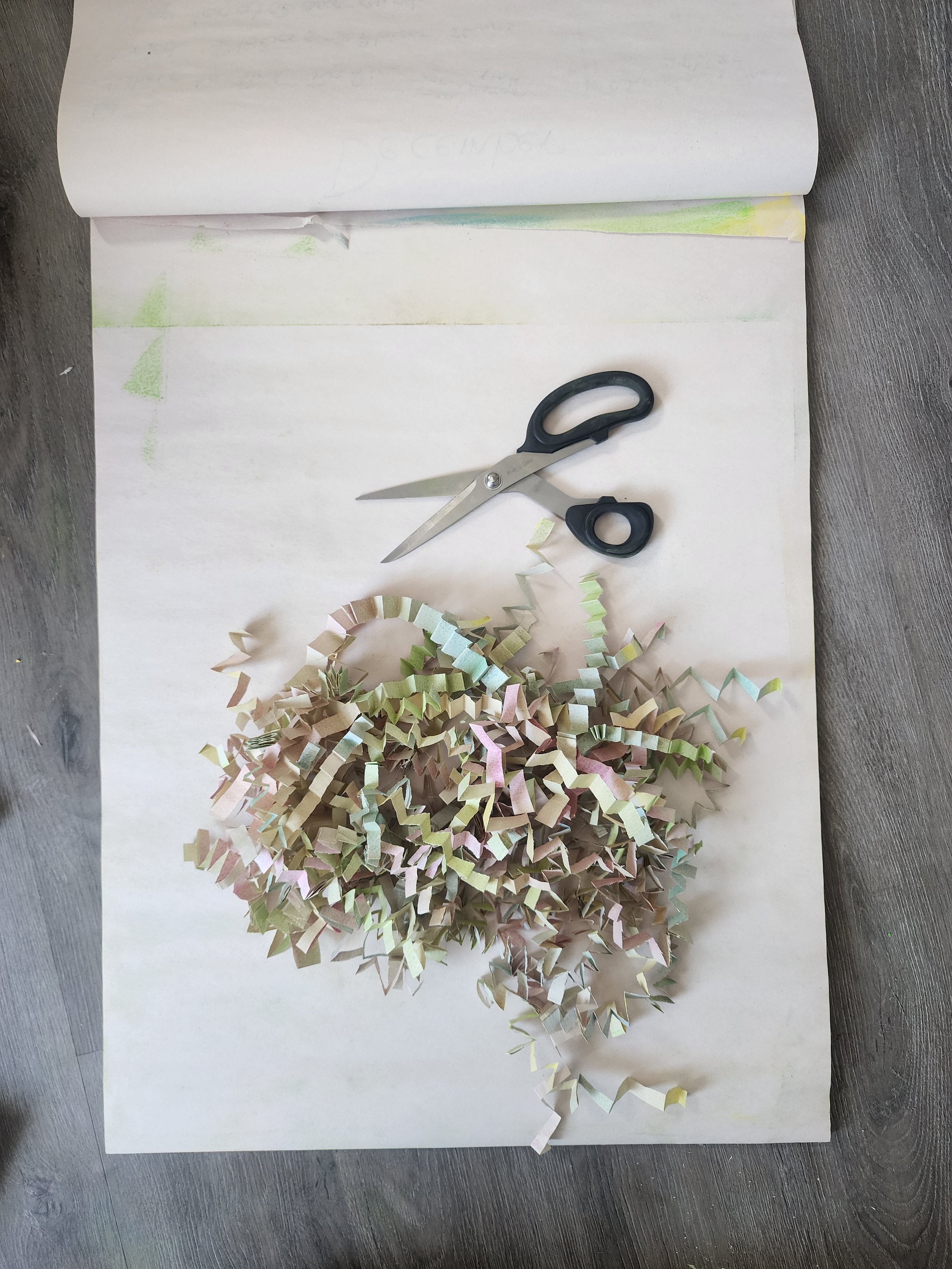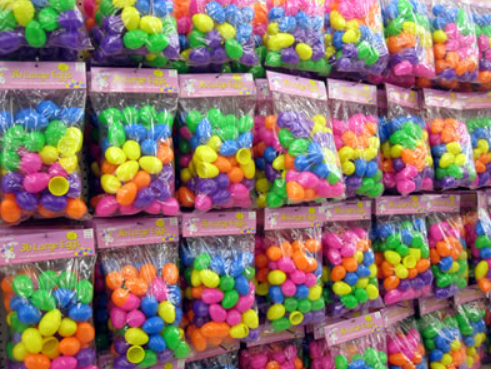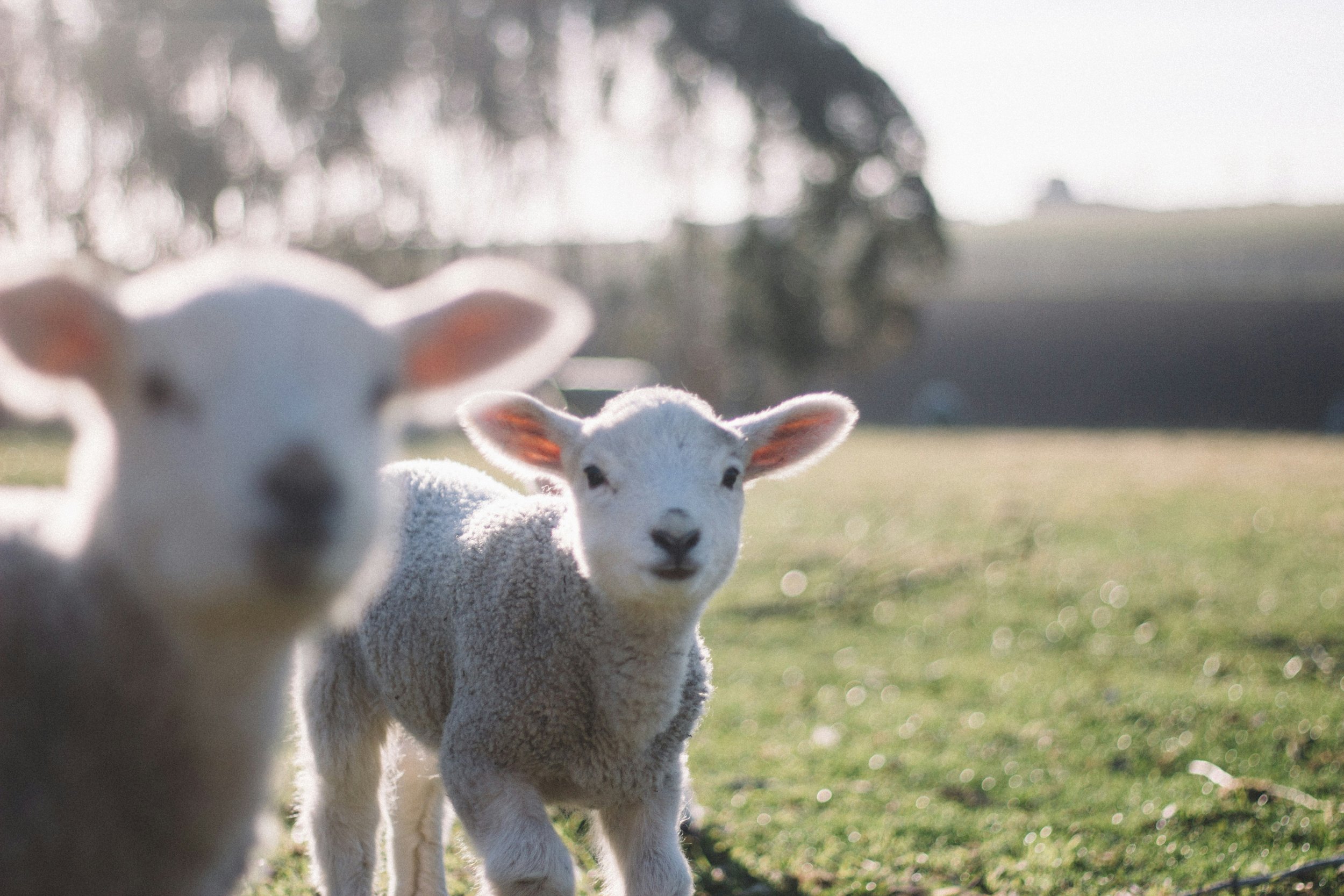Eco Easter: No Egg-scuses
Easter is a time to celebrate life. Material that fell during winter serves as food and shelter for new growth. Birds serenade new sprouts as they emerge from the thawing earth. Eggs have long been a symbol of fertility and new life. Today, perhaps we have lost the celebration of life by shrink wrapping eggs in tombs of plastic, buying cheap single use containers every year, and decorating with plastic grass. Nothing like celebrating Spring by drowning it in polyethylene. There has to be a better way.
While it is difficult to divert from plastic entirely. We can choose options that are sturdier, serve multiple purposes, and/or can easily be reintroduced to the soil by composting.
Kinds of waste we can manage
Decorative Grass
Our favorite cost effective method to make grass is to utilize newspapers. You use actual newspapers or purchase an affordable newspaper artists pad. This creates fully compostable grass at an unbeatable price.
To produce newspaper grass:
(Optional) Use eco-friendly art supplies to add color to paper. Remember both sides!
We chose eco-friendly chalk pastel.
Fold the paper up in thin accordions
Cut against the folds in thin strips to produce fun, affordable, and compostable, grass.
Identifying ways to replace plastic easter eggs is hard.
Easter just wouldn't be the same without a good old fashioned easter egg hunt.
Finding a container that is weatherproof, colorful enough to find, small enough to be worth finding more of, and isn’t made from cheap one time use materials narrows down alternatives.
Wooden and paper easter eggs are an option but they are expensive. Hand making eggs out of an old egg container is time consuming, full of gaps, not weatherproof, and let’s face it, not that aesthetic.
Perhaps the most viable option is small glass or metal containers. Glass containers allow the color of the candy to shine through while being durable. Metal containers can be painted or have a clear window for candy to show. Sometimes the goal is minimizing instead of eradicating.
These types of containers also have a use outside of Easter. They can be used for honey infusions or homemade balms, candles, and scrubs. Identifying containers that can be continuously used and easily rewashed may be the answer to plastic eggs replacement.
3. Dyes
Artificial dyes can hold many toxins not ideal for skin contact or consumption. Be sure to purchase food safe egg dye or even better, make the dye from food!
Spark curiosity with mini science experiments. A lot of common fruits, vegetables, and spices contain natural color that can dye an easter egg with the help of a splash of vinegar. We did a test.
Beet, cabbage, coffee, turmeric, and cherry juice were pitted against each other. Here are our results:
The raw beet did start to discolor after a few days while the liquid beet solution maintained a beautiful red color. Cherry juice was the least effective, but still a good test. Try mixing solutions to produce different colors and textures.
Vinegar needs to be added to the solution to bring the pH level down so color can bind to the desired surface. We found liquids were much easier to deal with than powders and did not separate.
Recipes can be found here.
However, if you are feeling adventurous, all that needs to be done is simmer a chosen item for 30 minutes, strain, cool, and add 1 tablespoon of white vinegar per cup of solution. The world is your oyster.
Pro Tip
Before adding vinegar, leave aside a bit of solution for dying baked goods. Spices will add flavor, but items like beet and cabbage will not transfer taste, only color.
4. Activities
Instead of celebrating Easter with lots of candy, plastic props, and excessive waste, perhaps go to the source of the celebration; new life and growth. There are lots of local farms in Missoula. Visiting the farm animals, planting some seeds, and playing in the dirt might be the ticket for celebrating life and growth around us.
Photo by Tim Marshall
No matter what you do, have a Happy Easter!
Your Friends at Missoula Compost



